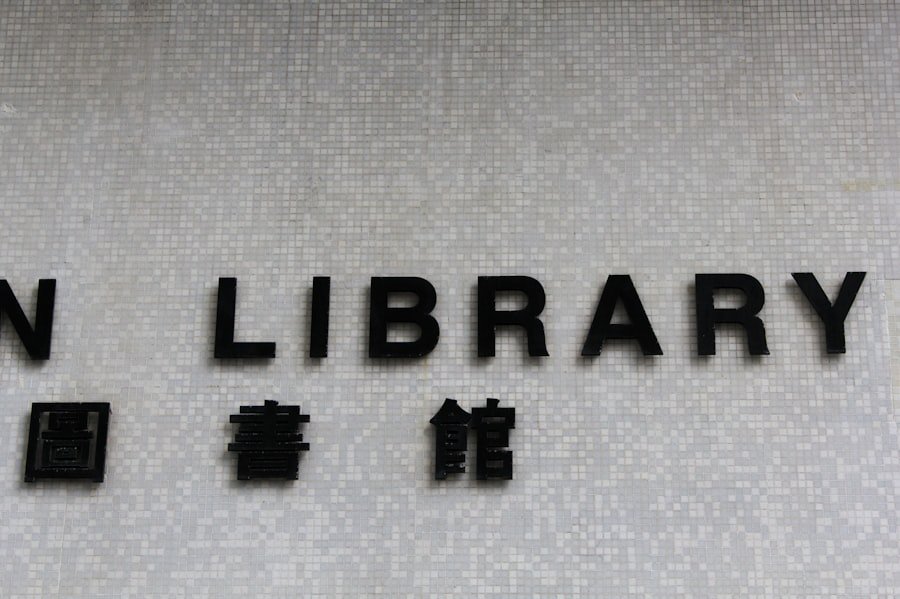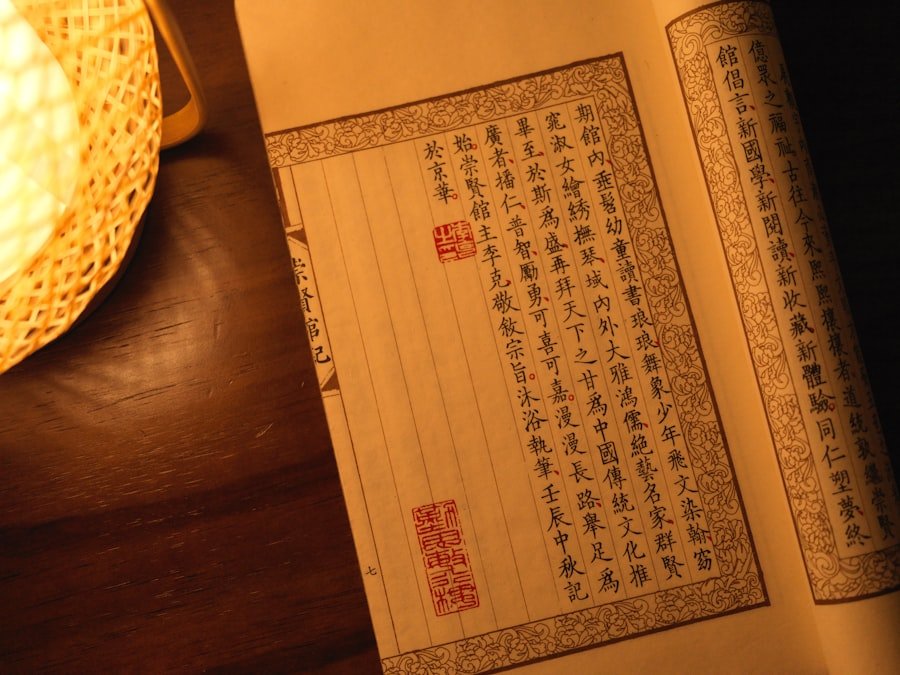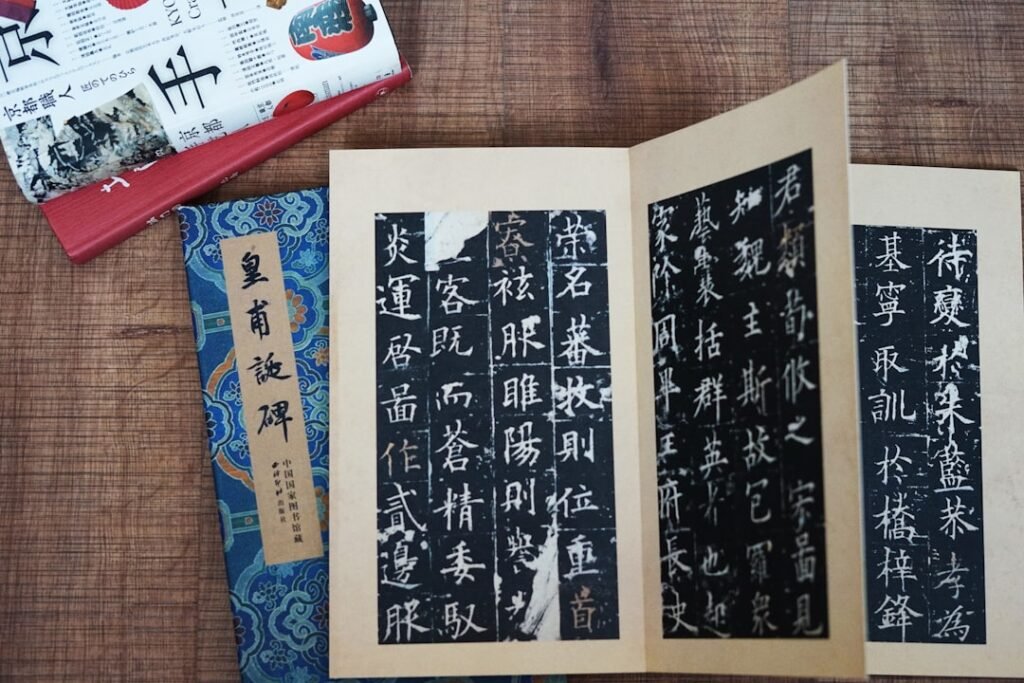Chinese calligraphy, an ancient art form that has flourished for thousands of years, is much more than mere writing; it is a profound expression of culture, philosophy, and aesthetics. This unique practice combines the beauty of visual art with the intricacies of language, allowing practitioners to convey emotions and thoughts through the graceful strokes of a brush. The art of calligraphy is deeply embedded in Chinese history, reflecting the evolution of the language and the society that has nurtured it.
As one delves into this captivating world, they discover not only the technical skills required but also the rich cultural heritage that accompanies each stroke. The significance of Chinese calligraphy extends beyond its visual appeal. It serves as a bridge connecting generations, preserving the wisdom and traditions of the past while adapting to contemporary interpretations.
In modern times, calligraphy has gained popularity worldwide, attracting enthusiasts eager to explore its depths. The practice encourages mindfulness and patience, offering a meditative experience that fosters a deeper appreciation for the beauty of language and art. As we embark on this journey through the world of Chinese calligraphy, we will uncover the intricacies of characters, their meanings, and the techniques that bring them to life. Master the art of Chinese calligraphy. Enroll now at the LC Chinese School in Oslo.
Table of Contents
ToggleSummary
- Chinese calligraphy is a traditional art form that involves writing Chinese characters with a brush and ink.
- Chinese characters are not only a form of communication but also a form of art, with each stroke and line carefully crafted to create a beautiful composition.
- Some of the most beautiful Chinese characters include “love” (爱), “peace” (和平), “harmony” (和谐), “beauty” (美), and “serenity” (宁静).
- Practicing calligraphy is important for mastering the art form and understanding the cultural significance of Chinese characters.
- The top 5 most beautiful Chinese characters are not only visually appealing but also carry deep meanings and symbolism in Chinese culture.
The Art of Chinese Characters
At the heart of Chinese calligraphy lies the art of Chinese characters, which are not merely symbols but intricate representations of ideas and concepts. Each character is a visual manifestation of meaning, often composed of various components that contribute to its overall significance. The structure of these characters can be complex, with some containing multiple strokes that must be executed with precision and grace.
This complexity adds to the allure of calligraphy, as each character tells a story through its form. The beauty of Chinese characters is further enhanced by their historical evolution. Over centuries, characters have transformed from pictographs—simple drawings representing objects—to more abstract forms that convey deeper meanings.
This evolution reflects changes in society, philosophy, and culture, making each character a testament to the passage of time. As practitioners engage with these characters, they not only learn about their shapes but also immerse themselves in the rich tapestry of Chinese history and thought.
The Most Beautiful Chinese Characters

Beauty in Chinese calligraphy is subjective, yet certain characters are often celebrated for their aesthetic appeal. These characters possess a harmonious balance between form and meaning, captivating both the eye and the mind. Among them are characters like “爱” (ài), meaning love; “福” (fú), symbolising good fortune; and “静” (jìng), representing tranquility.
Each character’s design reflects its essence, making it a joy for calligraphers to render them on paper. The allure of these beautiful characters lies not only in their visual charm but also in their emotional resonance. For instance, “爱” embodies the profound human experience of love, while “福” evokes feelings of hope and prosperity.
Calligraphers often find themselves drawn to these characters, as they allow for creative expression while conveying meaningful sentiments. The act of writing these characters becomes a celebration of beauty and emotion, transforming each stroke into a personal reflection of the calligrapher’s feelings.
The Importance of Practicing Calligraphy
Practising calligraphy is essential for mastering this intricate art form. It requires dedication, patience, and a willingness to embrace imperfection. As beginners embark on their calligraphic journey, they quickly learn that repetition is key to developing muscle memory and refining their technique.
Each stroke must be executed with intention, allowing practitioners to cultivate a deeper connection with the characters they create. Moreover, regular practice fosters mindfulness and concentration. In a world filled with distractions, engaging in calligraphy offers a sanctuary for self-reflection and creativity.
The rhythmic motion of the brush against paper encourages a meditative state, allowing practitioners to immerse themselves fully in the present moment. This focus not only enhances their calligraphic skills but also promotes overall well-being, making it a rewarding pursuit on multiple levels.
The Top 5 Most Beautiful Chinese Characters
While beauty is subjective, certain characters consistently emerge as favourites among calligraphers and enthusiasts alike. The top five most beautiful Chinese characters often include “月” (yuè), meaning moon; “花” (huā), representing flower; “心” (xīn), symbolising heart; “水” (shuǐ), meaning water; and “梦” (mèng), which translates to dream. Each character possesses unique qualities that contribute to its aesthetic appeal.
“月” captures the elegance of the moon with its flowing lines, evoking a sense of calmness and serenity. “花,” with its delicate strokes, embodies the beauty of nature and life itself. “心,” representing the heart, is often rendered with fluidity to convey emotion and warmth.
“水,” symbolising water, flows gracefully across the page, reflecting its inherent fluidity. Lastly, “梦,” representing dreams, invites creativity and imagination through its intricate design. Together, these characters showcase the diverse beauty found within Chinese calligraphy.
The Meaning and Symbolism of Each Character

Each character in Chinese calligraphy carries profound meaning and symbolism that transcends its visual representation. For instance, “月” (yuè) not only signifies the moon but also embodies concepts such as femininity and intuition in Chinese culture. It is often associated with peace and tranquillity, making it a popular choice among calligraphers seeking to convey serenity.
Similarly, “花” (huā) represents flowers but also signifies beauty and transience in life. In Chinese culture, flowers are often associated with love and joy, making this character particularly cherished in calligraphic works celebrating relationships or special occasions. “心” (xīn), or heart, goes beyond its literal meaning to represent emotions, thoughts, and intentions—an essential aspect of human experience.
The character “水” (shuǐ) embodies water’s fluidity and adaptability, symbolising change and resilience in life. It serves as a reminder of nature’s power and beauty. Lastly, “梦” (mèng) encapsulates dreams and aspirations, encouraging individuals to pursue their goals with passion and determination.
Each character’s rich symbolism adds depth to the practice of calligraphy, allowing practitioners to express complex ideas through simple forms.
Stroke Order and Technique for Each Character
Mastering stroke order is crucial in Chinese calligraphy as it ensures that each character is rendered correctly and beautifully. Each character consists of specific strokes that must be executed in a particular sequence to maintain balance and harmony. For example, when writing “月” (yuè), one begins with the horizontal stroke at the top before moving downwards to create its distinctive shape.
Similarly, when rendering “花” (huā), practitioners start with the central components before adding surrounding elements to achieve symmetry. Understanding stroke order not only aids in creating aesthetically pleasing characters but also enhances muscle memory over time. As beginners learn these techniques, they develop a deeper appreciation for the intricacies involved in each character’s formation.
In addition to stroke order, technique plays a vital role in achieving desired results in calligraphy. Practitioners must pay attention to pressure control while using the brush; varying pressure can create different line thicknesses that add depth to their work. Furthermore, maintaining a steady hand while executing strokes ensures precision and fluidity in each character’s design.
Tools and Materials for Calligraphy Practice
To embark on a journey into Chinese calligraphy, one must be equipped with the right tools and materials that facilitate this artistic expression. The primary tool is the brush itself—traditionally made from animal hair such as wolf or goat hair—allowing for flexibility and control over strokes. Brushes come in various sizes; larger brushes are ideal for bold strokes while smaller ones are perfect for intricate details.
In addition to brushes, practitioners require ink made from natural materials such as soot mixed with water or oil-based inks for more vibrant colours. Ink stones are essential for grinding solid ink sticks into liquid form before use; this process connects practitioners with tradition while enhancing their understanding of ink consistency. Paper selection is equally important; rice paper or Xuan paper is commonly used due to its absorbent qualities that allow ink to flow smoothly without bleeding or smudging.
Finally, a flat surface or calligraphy board provides stability during practice sessions—creating an environment conducive to focus and creativity.
Tips for Beginners in Chinese Calligraphy
For those embarking on their journey into Chinese calligraphy, several tips can enhance their learning experience and foster growth as artists. Firstly, consistency is key; setting aside dedicated time for practice allows beginners to develop muscle memory while refining their techniques over time. Secondly, starting with basic strokes before progressing to more complex characters is advisable.
Mastering fundamental strokes such as horizontal lines, vertical lines, and dots lays a solid foundation upon which more intricate characters can be built. Additionally, seeking guidance from experienced practitioners or enrolling in classes can provide valuable insights into techniques and styles unique to different schools of calligraphy. Engaging with fellow enthusiasts fosters a sense of community while encouraging collaboration and sharing of ideas.
Lastly, embracing imperfection is essential; every stroke may not be perfect initially—but each attempt contributes to growth as an artist. Celebrating small victories along the way cultivates confidence while nurturing a love for this beautiful art form.
The Cultural Significance of Chinese Calligraphy
Chinese calligraphy holds immense cultural significance within China and beyond; it serves as a reflection of identity while preserving traditions passed down through generations. Historically regarded as one of the highest forms of art in Chinese culture, calligraphy has been celebrated by scholars and emperors alike—often seen as an expression of one’s moral character. Moreover, calligraphy plays an integral role in various cultural practices such as poetry recitation or traditional celebrations like Lunar New Year where auspicious phrases are beautifully inscribed on red banners—symbolising good fortune for the year ahead.
In contemporary society, calligraphy continues to thrive as both an art form and a means of communication—bridging gaps between generations while fostering appreciation for cultural heritage among younger audiences eager to explore their roots.
The Beauty of Chinese Calligraphy
In conclusion, Chinese calligraphy stands as a testament to the beauty found within language and art—a harmonious blend that transcends time and culture. Through its intricate characters, profound meanings, and rich symbolism lies an opportunity for self-expression that resonates deeply with practitioners around the world. As individuals engage with this ancient art form—whether through practice or appreciation—they embark on a journey that connects them not only with their own creativity but also with centuries of tradition that have shaped human experience across generations.
For those interested in exploring this captivating world further, LC Chinese School in Oslo offers exceptional courses dedicated specifically to Chinese calligraphy. These classes provide an enriching environment where students can learn from experienced instructors while honing their skills amidst fellow enthusiasts who share their passion for this beautiful art form. Embrace the opportunity to delve into Chinese calligraphy at LC Chinese School—where every stroke tells a story waiting to be discovered!
Master the art of Chinese calligraphy. Enroll now at the LC Chinese School in Oslo.







